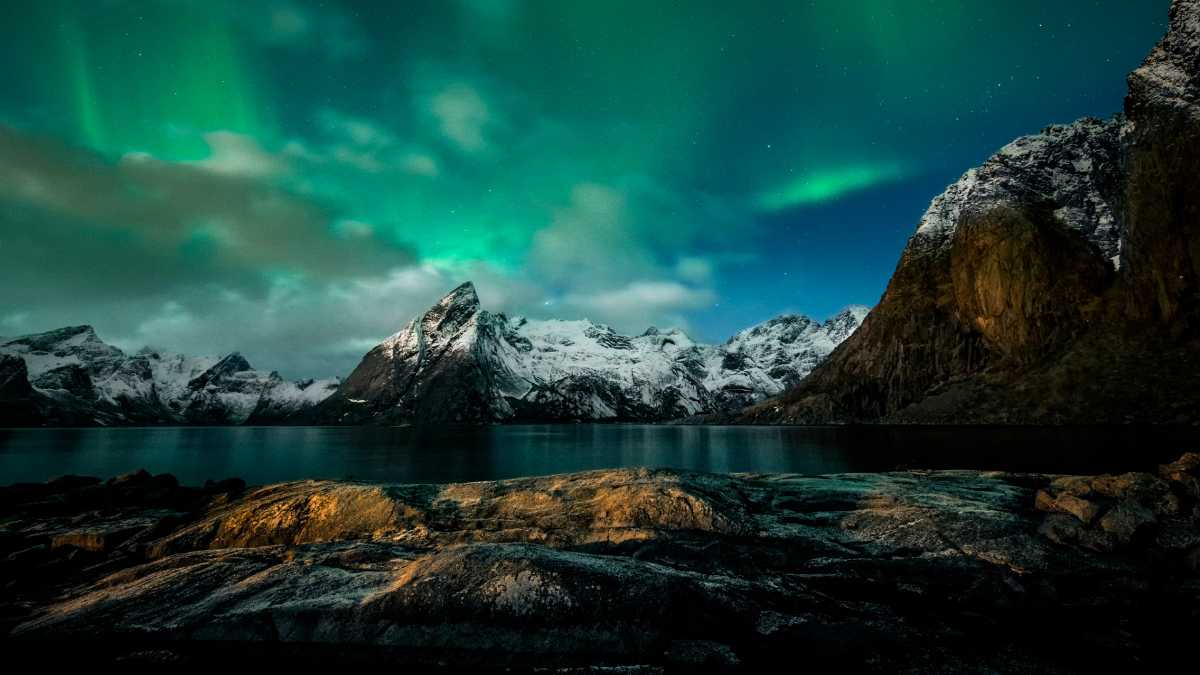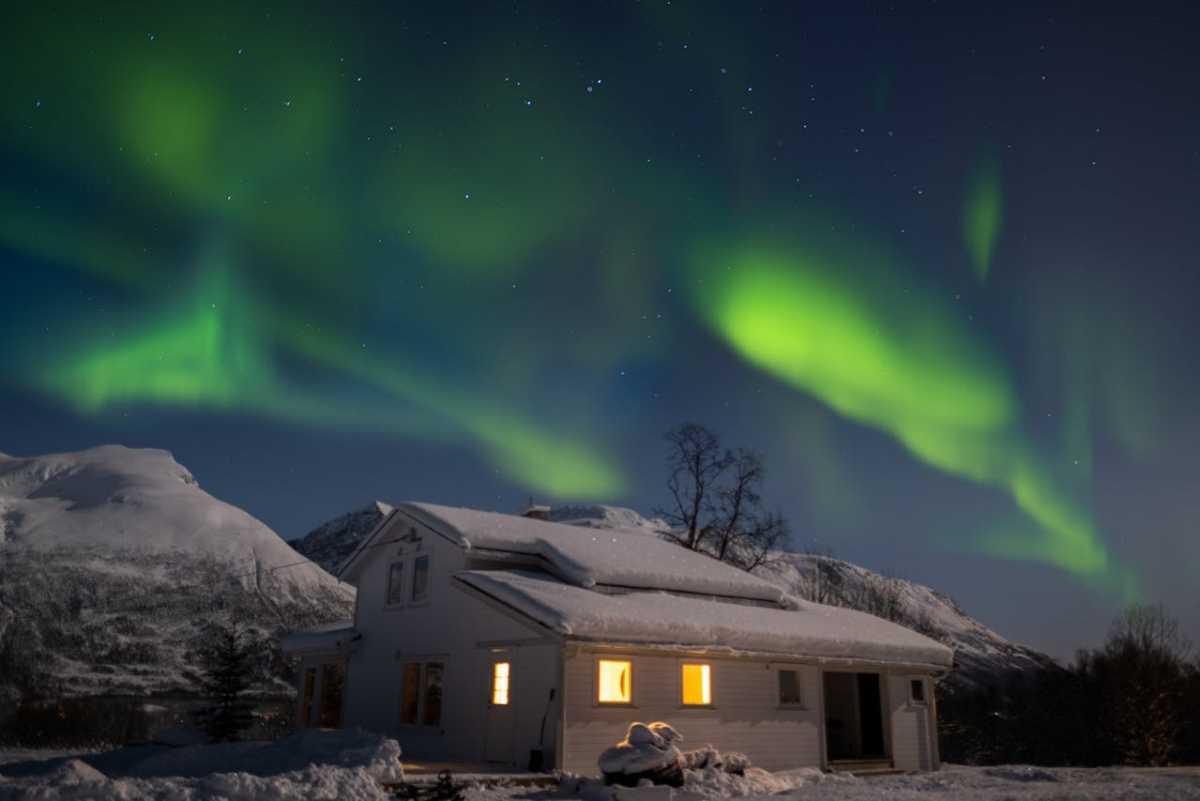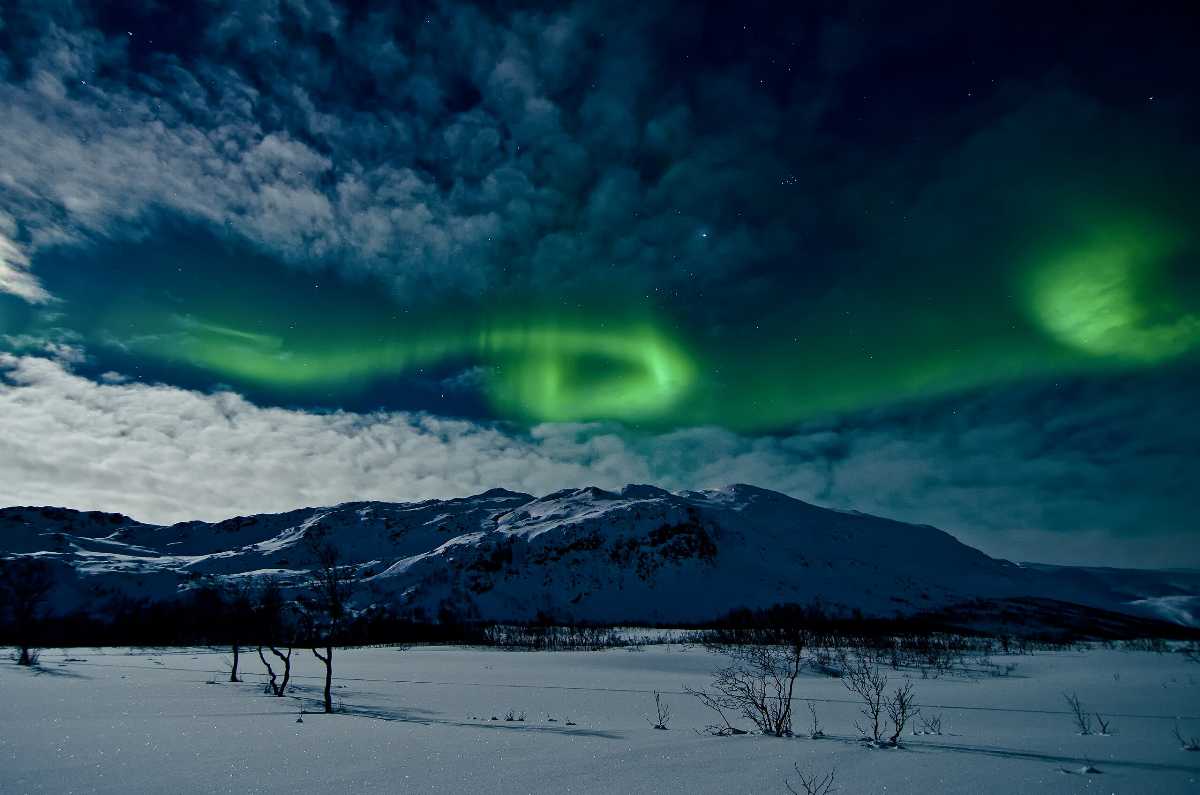The Northern Lights, or aurora borealis, are one of nature’s most dazzling spectacles — a breathtaking dance of color across the Arctic night sky. Norway stands out as one of the top global destinations to witness this phenomenon, drawing visitors from all over the world. The Arctic Circle Region in Norway, with its diverse landscapes encompassing coastlines, islands, fjords, glaciers, mountains, and plains, offer the maximum opportunity to sight Northern lights. However, it needs local expertise to navigate seamlessly, hence planning a northern lights tour through a trustworthy operator can be beneficial in long run.
Why Choose Norway for Northern Lights

Norway lies in what’s known as the Auroral Oval — the zone around the magnetic poles with the most frequent auroral activity. This makes it one of the best places on Earth to see the northern lights. Locations such as Tromsø, Alta, Lofoten, and Senja fall within this belt, giving visitors a high chance of witnessing the magical lights when the conditions are right.
But it's not just about science. Norway offers an immersive experience: imagine sledding with huskies under the stars, staying in an ice hotel, or joining a guided aurora safari in the Arctic wilderness. The infrastructure for aurora tourism is well-developed, and many tours come with expert guides, warm clothing, and even "aurora alarms" that wake you if the lights appear while you're sleeping.
Best Place for Northern Lights in Norway

Choosing the right location significantly boosts your chances of seeing the auroras. While the phenomenon is sometimes visible even in Southern Norway during high solar activity, your best bet is to head north. Here are the best places for northern lights in Norway:
1. Tromsø
Tromsø is often dubbed the "capital of the northern lights" due to its reliable aurora sightings and accessibility. Located 350 km above the Arctic Circle, it is best for first-timers, families, and those wanting a mix of city comforts and nature. Book accommodation or tours outside the city to avoid light pollution — areas like Kvaløya and Lyngen are great for northern lights sighting.
2. Lofoten Islands
Lofoten is renowned for its dramatic mountain peaks, fjords, and colorful fishing villages — the perfect foreground for aurora photos. Above the Arctic Circle, it is accessible via Evenes airport or ferry from Bodø. It gives more romantic feel and hence is popular among couples or those looking for dramatic natural landscapes.
3. Alta
Alta is known for stable inland weather, making it one of the most reliable places for aurora viewing. It is less crowded than Tromsø and known for the Sorrisniva Ice Hotel and a more tranquil viewing experience. It is also famous for its Northern Lights Cathedral, quiet forest and tundra surroundings and snowmobile and reindeer safari options.
4. Senja & Lyngen Alps
To see northern lights on a more off-the-beaten-path in wilderness with spectacular fjords, alpine peaks, and less commercial tourism, choose Senja & Lyngen Alps. It is a known sli destination and is popular for ski touring under the aurora. From Tromsø guided trips are available.
5. Bodø & Salten Region
Bodø & Salten Region is located a bit further south but within the aurora zone. It is best for travelers looking to combine arts, culture, with northern lights viewing. Also it is easier to reach than further north.
6. Svalbard
Svalbard is one of the few places on Earth where you can see the aurora during the day during the polar night (mid-November to mid-January). It is located 1,000 km north of mainland Norway. Longyearbyen is the world’s northernmost town with regular flights.
Other Potential Viewing Spots
7. Trøndelag
Occasionally good aurora shows during high solar activity.
8. Southern Norway (Oslo, Bergen)
Rare but possible during geomagnetic storms — skies are often too light or cloudy, though.
9. Hurtigruten Cruises
Sailing along the Norwegian coast from Tromsø to Kirkenes offers some of the most peaceful, low-pollution views of the aurora from the sea.
Best Time to Visit Norway for Northern Lights

Timing is everything when chasing the northern lights. The best time to see northern lights in Norway is from late September to early April, when the nights are long and dark.
- Peak Viewing Months: November through February are considered the peak months due to the long, dark polar nights. During this time, the auroras are most frequent and the skies clearest.
- Equinox Advantage: Statistically, March and September also offer high auroral activity thanks to geomagnetic conditions aligning with solar winds.
- Time of Night: The best time at night to view the northern lights is typically between 11:00 p.m. and 2:00 a.m., although sightings can happen earlier or later depending on the aurora forecast.
Travel Tips for Viewing Northern Lights in Norway
- Stay Multiple Nights: Increase your chances of seeing the aurora by planning at least 3–5 nights in Northern Norway.
- Get Away from Light Pollution: Rural areas or guided excursions outside cities offer the best views.
- Check the Aurora Forecast: Apps like NorwayLights or sites with real-time geomagnetic data can guide your nightly planning. Use Aurora Forecast Apps together with a good weather app (like Yr or Windy) to check cloud cover, which is just as important as auroral activity!
- Dress Warmly: Bring thermal base layers, a windproof jacket, gloves, wool socks, and warm boots.
- Join a Tour: Local guides know the best places to see the lights. They can also keep you warm and safe.
- Book Early: Northern Lights season is a busy time in Norway. Tours, hotels, and flights can sell out, especially in December and January.
Photography Tips for Capturing Northern Lights in Norway
- Camera: A DSLR or mirrorless camera with manual controls is recommended for optimal results.
- Lens: A wide-angle lens (to capture a broad expanse of the sky) with a low aperture (e.g., f/2.8 or f/4) is ideal for maximizing light intake.
- Tripod: Absolutely crucial for stability during long exposures.
- Shutter Release (Optional): Minimizes camera shake for sharper images.
- Spare Batteries: Cold temperatures can drain batteries rapidly.
- Manual Focus: Autofocus often struggles in the darkness; focus manually on infinity or a bright star.
- Long Exposure: Experiment with shutter speeds of 15 to 30 seconds or longer to capture the aurora's movement and faint light.
- High ISO (Use with Caution): Increase ISO (e.g., 400-1600) to brighten the image, but be mindful of introducing noise.
- Turn Off Image Stabilization: When using a tripod, disable image stabilization on your lens.
Witnessing the northern lights in Norway is a once-in-a-lifetime experience. With the solar cycle approaching its peak in 2025, there's never been a better time to plan your trip. Between the magical lights, stunning Arctic landscapes, rich culture, and warm hospitality, Norway offers not just a glimpse of the aurora, but an unforgettable adventure.
